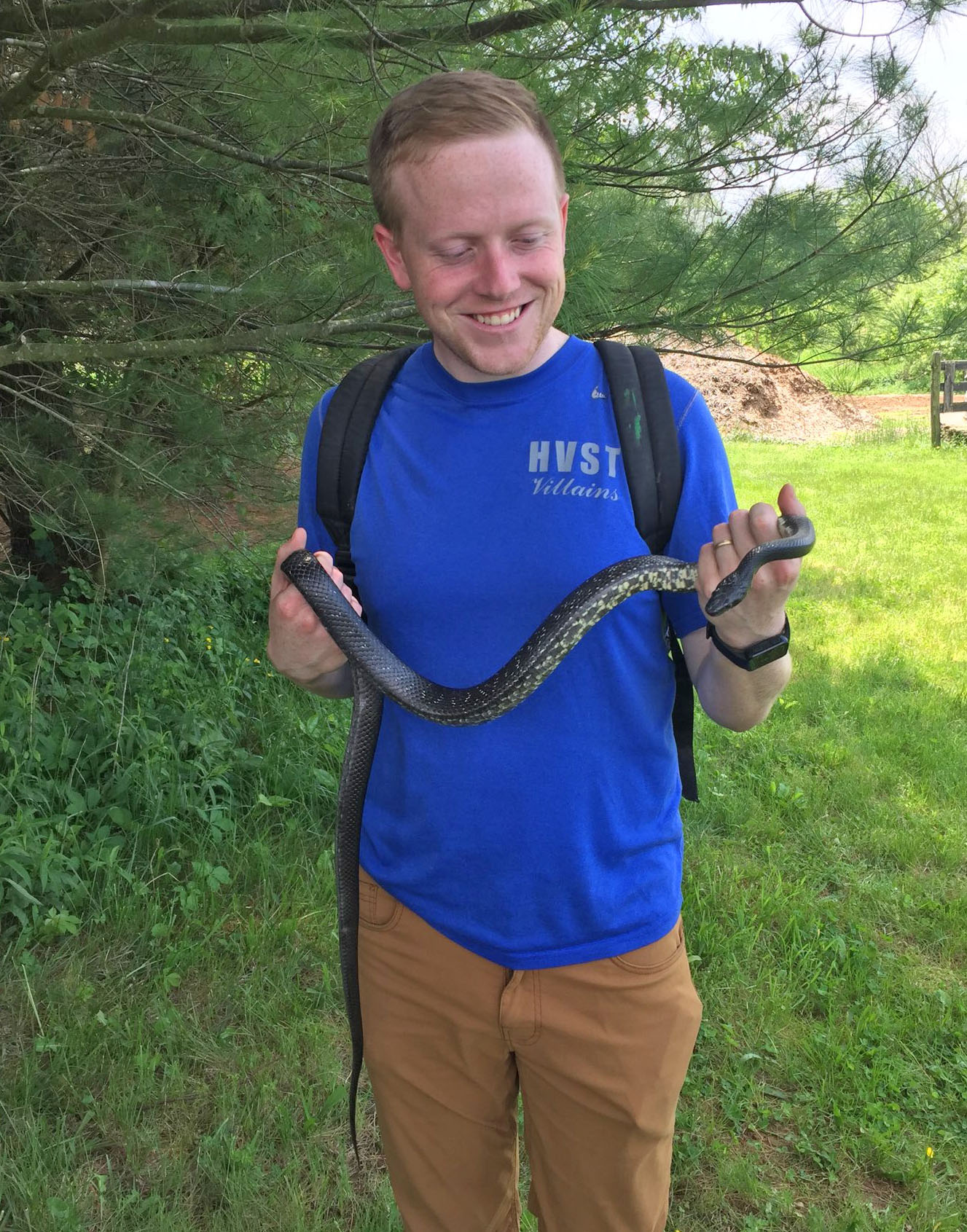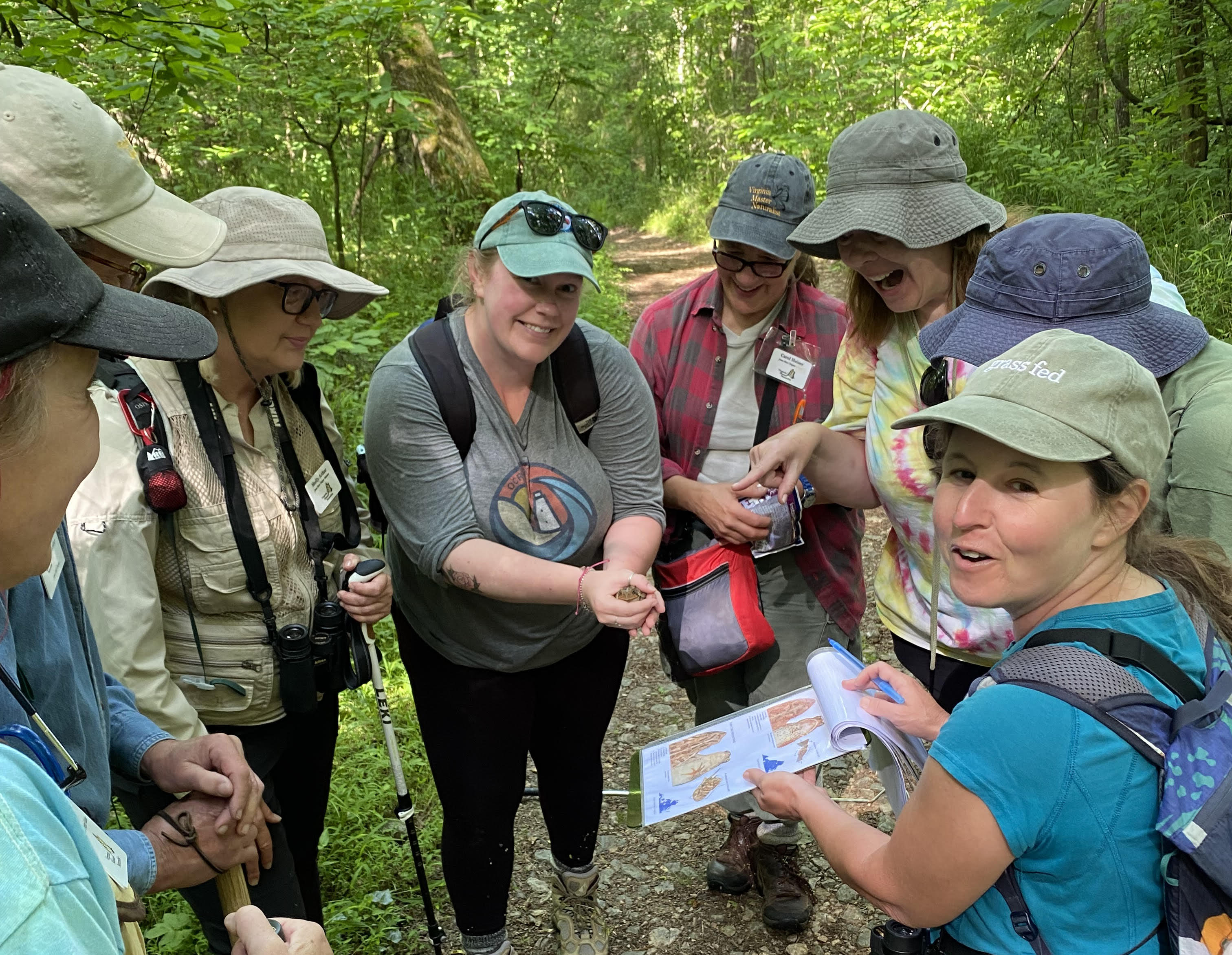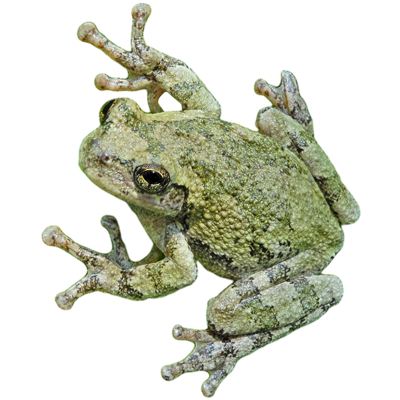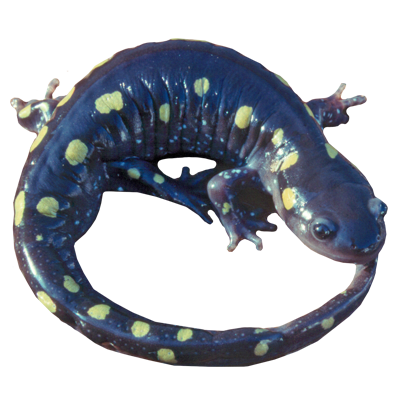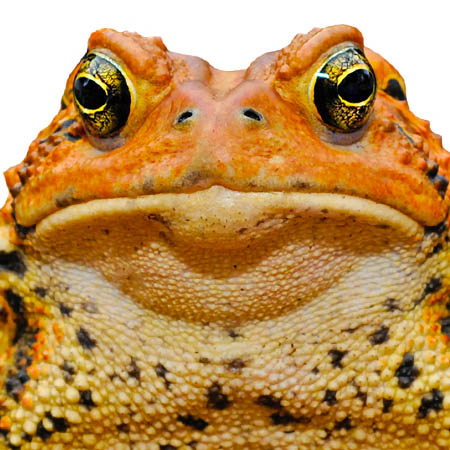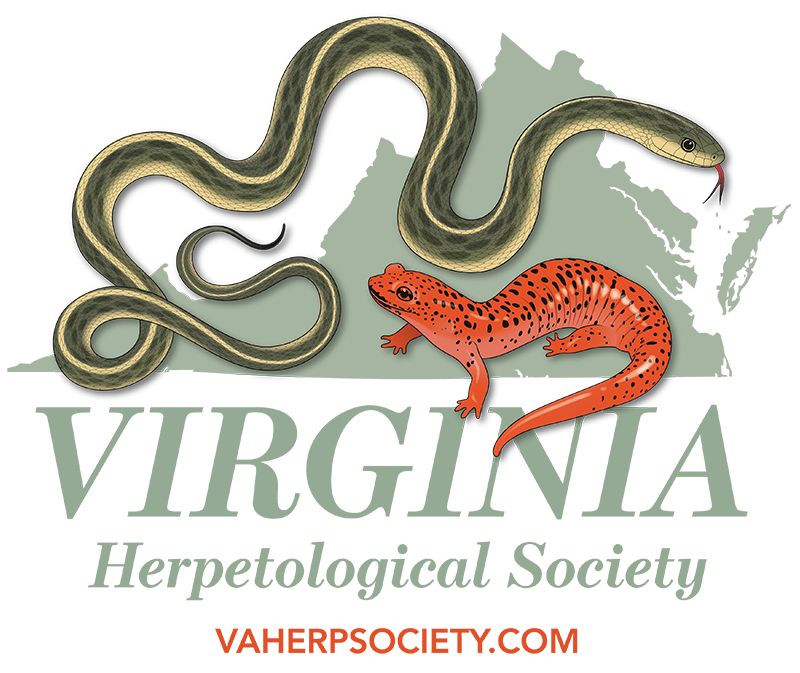
Organized in 1958, the Virginia Herpetological Society brings
together people interested in advancing their knowledge of Virginia's reptiles and amphibians. The
VHS encourages scientific study of Virginia herpetofauna and its conservation. Education
continues to be an important society function.
Society meetings are held twice each year, in spring and fall, at different locations throughout the state. The program is open to all members and guests and includes an educational workshop, a business meeting, and a contributed papers session during which members present information on their research and interest with Virginia's reptiles and amphibians.
The Fall Meeting Workshop trains members and educators on the identification, conservation,
and captive care of common reptile and amphibian species, as well as those that are
threatened and endangered. A two-day trip during the Spring meeting teaches members field
sampling techniques and identification by professional herpetologists.
The VHS publishes a bulletin, CATESBEIANA, twice each year that contains research, field
notes, and other information on various aspects of herpetology submitted by its members. The
society also produces a semi-annual newsletter to keep you informed on conservation,
education, and upcoming events pertaining to the Commonwealth's reptiles and amphibians.
Need help with identifying a reptile or amphibian?
Send an email to: id@virginiaherpetologicalsociety.com
To improve the identification process, provide the following when possible:
- Photos (If possible include a ventral photo for salamanders)
- Locality (county or city)
- Approximate total length of the animal
Salamanders
We have a large diversity of salamanders consisting of 59 different species and subspecies.
Lizards
Virginia is home to 9 native lizard species and three introduced species, the Mediterranean Gecko, Italian Wall Lizard, and Green Anole.
Conservation • Education • Research

